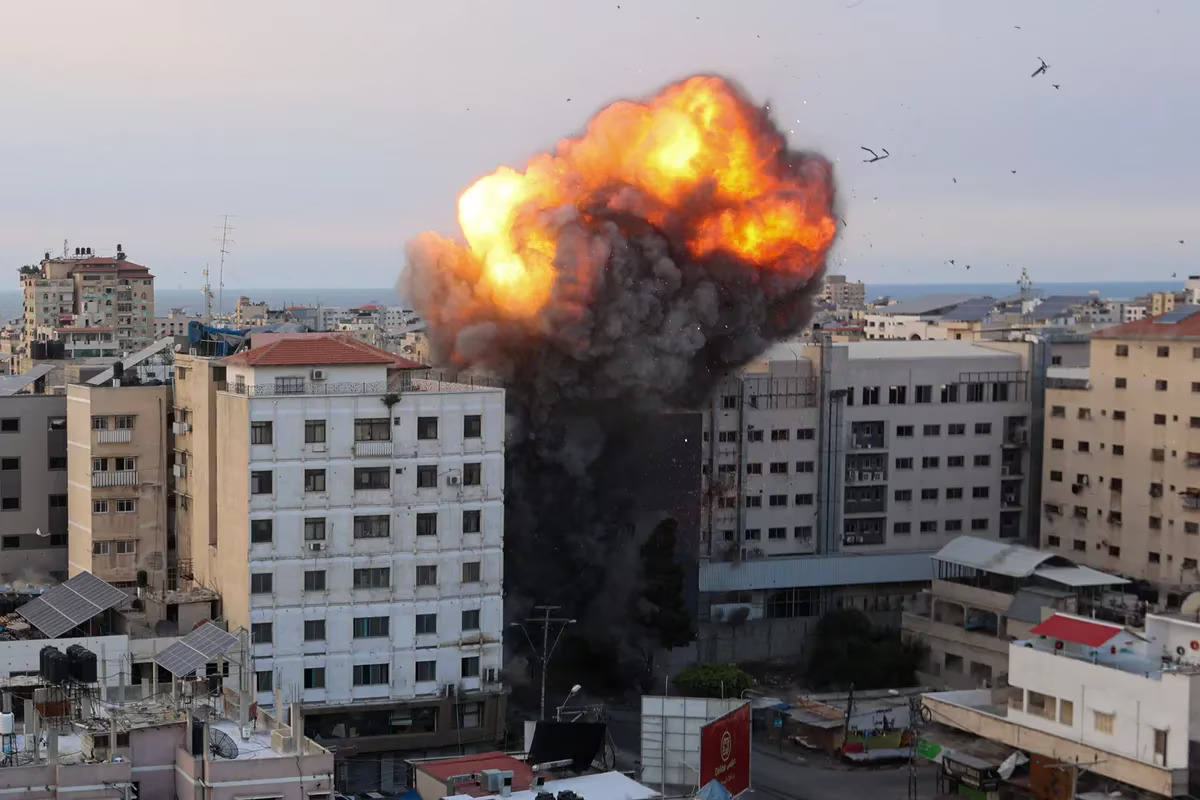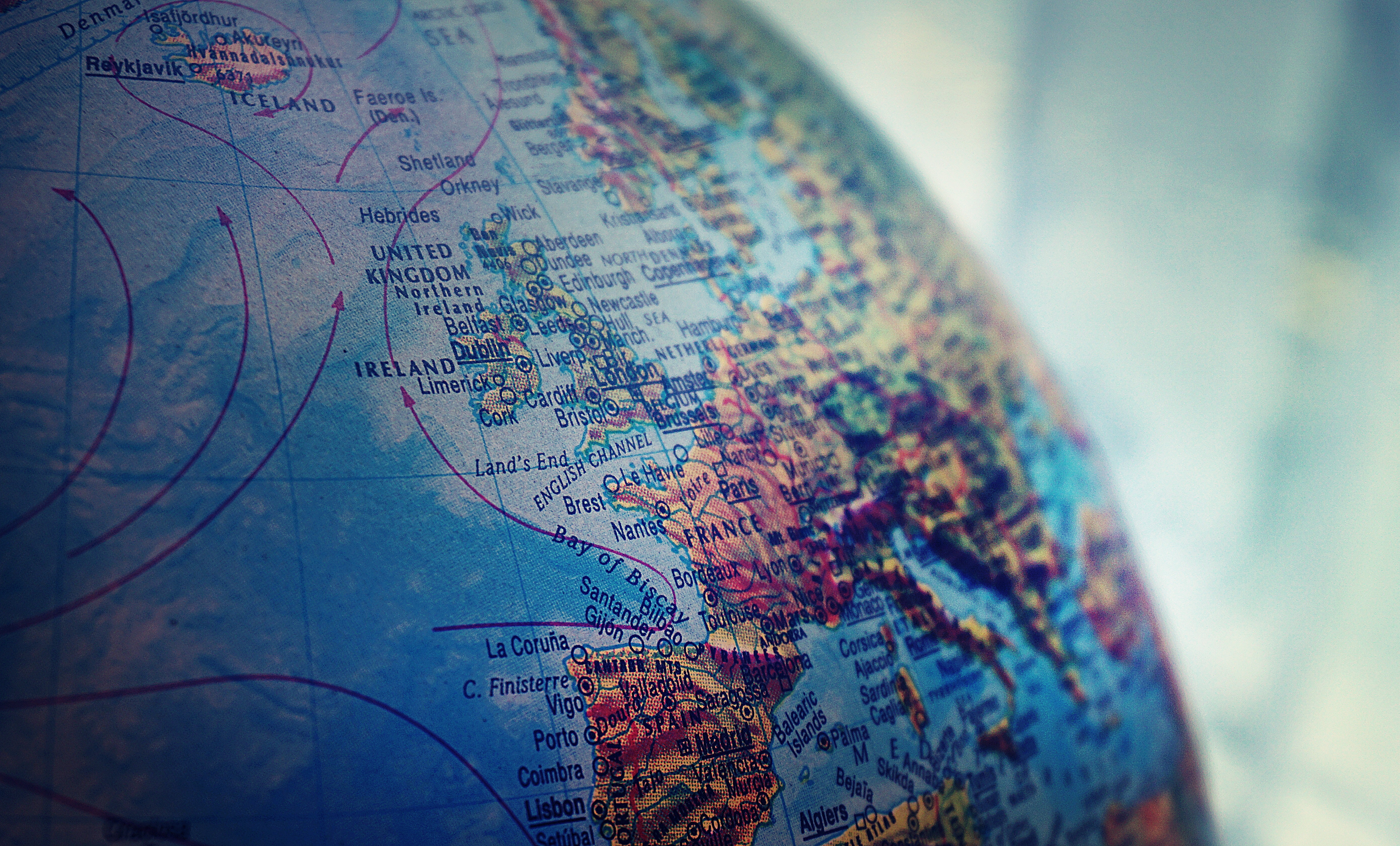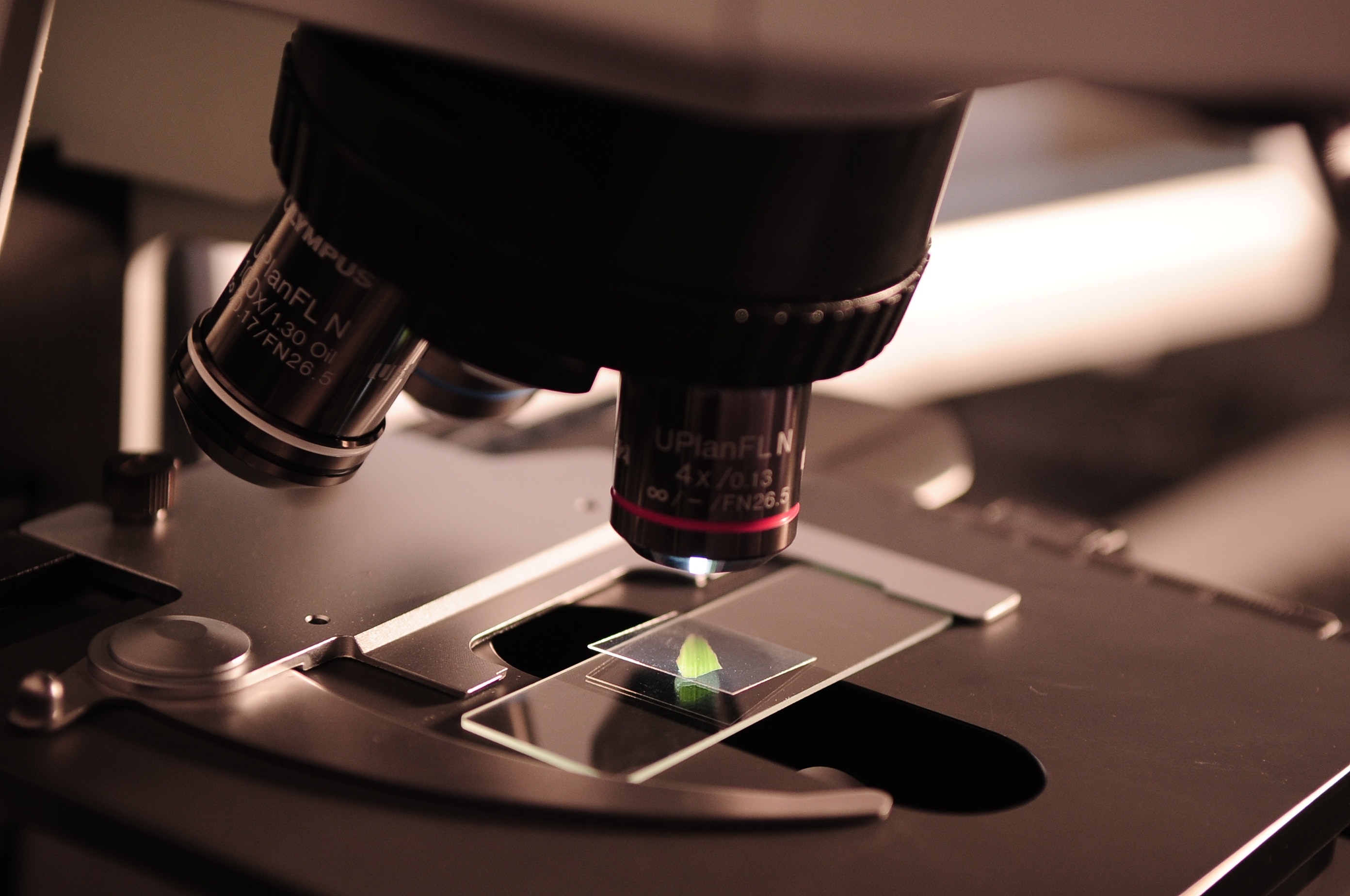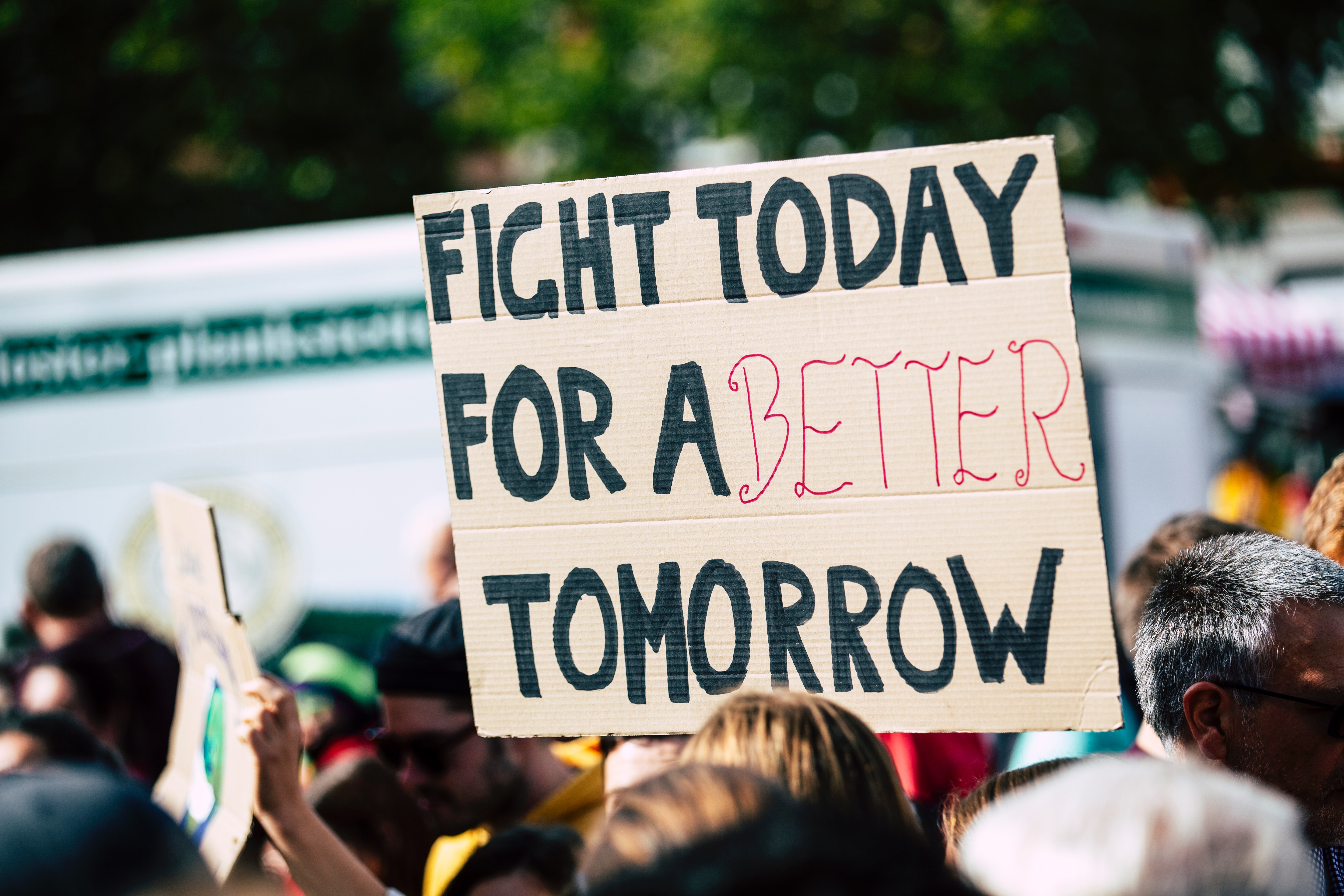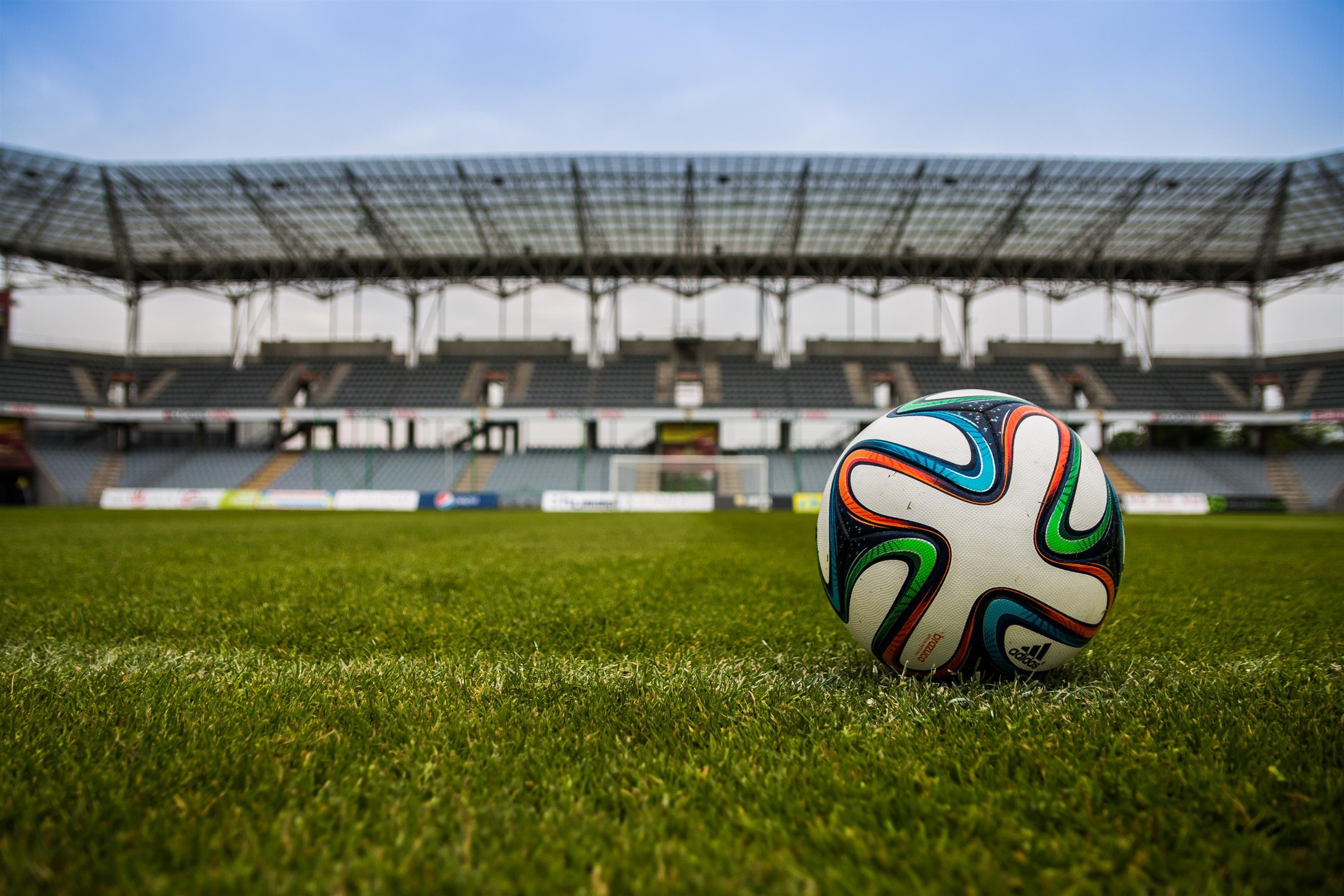i n Manaus, Brazil, communities reliant on the waterways of the Amazon rainforest are facing a dire situation. They are left stranded without access to fuel, food, or clean water.The devastating consequences of this extreme drought are evident as dozens of river dolphins have perished and washed up on the shore, while thousands of dead fish float on the water's surface.
These distressing scenes offer a glimpse into the initial impacts of the severe drought currently gripping Brazil's Amazon region. This historically low water level has left hundreds of thousands of people and wildlife struggling, and experts are warning that this drought could persist until early 2024, potentially exacerbating these issues.
Raimundo Silva do Carmo, a 67-year-old fisherman, is among those grappling with the crisis. He relies on fishing for his livelihood but is now struggling to find even basic water sources. Similar to many rural residents in the Amazon, do Carmo usually collects water directly from the region's abundant waterways. However, the situation has deteriorated to the point where he has had to make repeated trips to draw water from a well in the parched bed of Lake Puraquequara, located to the east of Manaus, the capital of Amazonas state.
"Dire Drought in Brazil's Amazon Disrupts Lives and Threatens Freshwater Supply"
Joaquim Mendes da Silva, a 73-year-old ship carpenter residing by the same lake for 43 years, expressed that this drought is the most severe he can remember. The dwindling water levels have made it impossible for children in the area to attend school by river, causing them to stop going a month ago.
CEMADEN, Brazil's disaster warning center, reported that eight Brazilian states have experienced the lowest rainfall levels from July to September in over four decades. This drought has impacted most of the major rivers in the Amazon, the world's largest basin, which provides a significant portion of the planet's fresh water, accounting for approximately 20%.
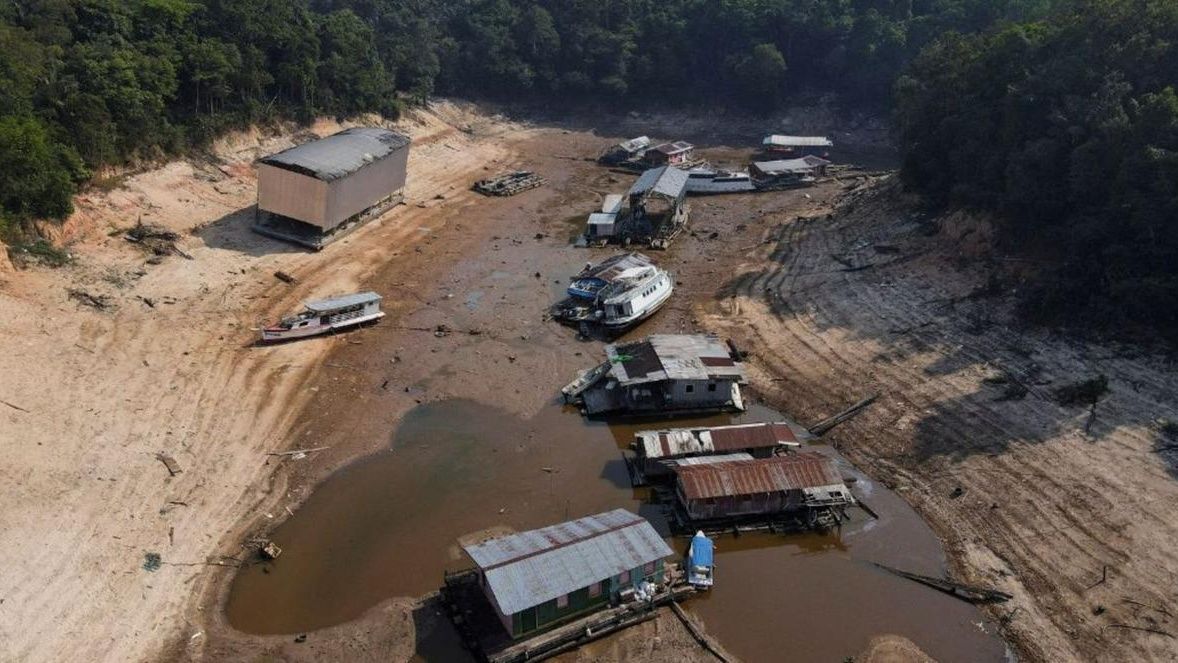
By Friday, 42 out of the 62 municipalities in Amazonas had officially declared a state of emergency. The drought has already impacted approximately 250,000 individuals, and this number could potentially double by the end of the year, as reported by the state's civil defense authority.









